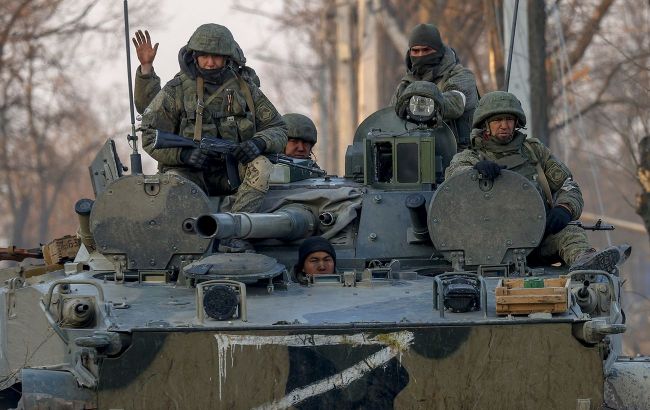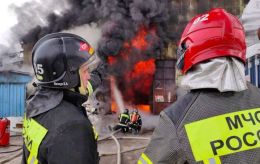Russia can manufacture at least hundred tanks per month - ISW
 Russia can manufacture at least hundred tanks per month (photo: Getty Images)
Russia can manufacture at least hundred tanks per month (photo: Getty Images)
According to the Ministry of Defense of the United Kingdom, a Russian defense-industrial base is capable of producing at least 100 main battle tanks per month. This would allow the aggressor to replenish losses on the battlefield, enabling Russian forces to sustain their current operational tempo in the foreseeable future, according to a report by the Institute for the Study of War (ISW).
As of March 2023, the sole Russian tank manufacturer, Uralvagonzavod, was reported to produce 20 tanks per month.
However, in March 2023, Russian Deputy Security Council Chairman Dmitry Medvedev stated that the Russian defense-industrial complex (OPK) could manufacture 1,500 main battle tanks in 2023, indicating an average production rate of 125 tanks per month.
On January 30, 2024, the Russian Ministry of Defense announced that the Russian OPK enterprise Novator fulfilled the state defense order for cruise missiles Kalibr and ballistic missiles Iskander in 2023.
The CEO of Novator, Farid Abdrakhmanov, reported to Russian Defense Minister Sergei Shoigu that Novator had completed the state defense order for Kalibr and Iskander in 2023 by transitioning to round-the-clock production and implementing a three-shift schedule across all its plants.
According to Abdrakhmanov, Novator has already fulfilled 17% of the state defense order for 2024.
Russia's missile capability
According to recent data from the Air Force, Russia maintains approximately 900 precision long-range missiles, consistent with previous figures.
In mid-January, Deputy Chief of the Defense Intelligence of Ukraine, Vadym Skibitskyi, stated that Russian forces had refrained from using Kalibr cruise missiles for strikes on Ukraine since mid-September 2023, possibly to build up a reserve of these missiles. According to Skibitskyi, Russia is likely facing difficulties in the production of Kalibr cruise missiles due to the need for numerous foreign components, which are currently restricted by international sanctions. This suggests potential challenges for Russia in maintaining and replenishing its stockpile of Kalibr missiles, raising questions about the sustainability of its missile capabilities in the ongoing conflict.

